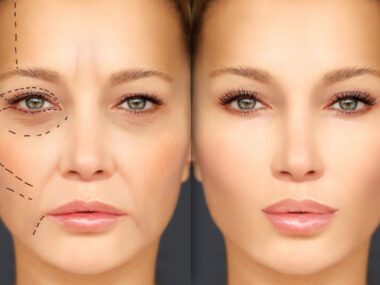Migraine is a neurological disorder characterized by recurrent and severe headaches that can cause intense throbbing or pulsing pain, often on one side of the head.
Migraine attacks are often accompanied by other symptoms, such as nausea, vomiting, and sensitivity to light and sound.
Causes
The exact cause of migraines is not fully understood, but they are believed to be a complex interplay of genetic, environmental, and neurological factors. Some potential factors that contribute to migraines include:
- Genetics: A family history of migraines can increase an individual’s risk.
- Neurological Factors: Migraines are thought to involve changes in brain activity and abnormal brain function.
- Triggers: Certain triggers, such as specific foods, hormonal changes, stress, or environmental factors, can set off migraine attacks.

Symptoms
Migraine attacks are often characterized by the following symptoms:
- Intense and throbbing headache, usually on one side of the head.
- Nausea and vomiting.
- Sensitivity to light (photophobia) and sound (phonophobia).
- Visual disturbances, known as auras, which can include flashing lights, zigzag lines, or blind spots (not everyone with migraines experiences auras).
- Other symptoms like dizziness, fatigue, and confusion.
Migraine attacks can last anywhere from a few hours to several days, and they can significantly disrupt daily activities.
Triggers
Migraines can be triggered by various factors, and they can vary from person to person. Common migraine triggers include:
- Hormonal changes: Fluctuations in estrogen, such as those that occur during menstruation, pregnancy, or menopause.
- Certain foods and drinks: Such as aged cheeses, alcohol, caffeine, and processed foods with additives like MSG.
- Stress and anxiety.
- Changes in sleep patterns or lack of sleep.
- Weather changes and environmental factors.
- Sensory stimuli: Bright lights, loud sounds, and strong odors.
- Physical factors: Overexertion or intense physical activity.
- Medications: Some drugs can trigger migraines as a side effect.
Treatment
Migraine treatment aims to relieve symptoms during an attack and prevent future episodes. Treatment options include:
- Acute Treatment: These medications are taken during a migraine attack to relieve pain and associated symptoms. Common acute migraine medications include over-the-counter pain relievers like ibuprofen or prescription medications, such as Triptans.
- Preventive Treatment: For individuals with frequent or severe migraines, preventive medications can help reduce the frequency and severity of attacks. These can include beta-blockers, anticonvulsants, and certain blood pressure medications.
- Lifestyle Modifications: Identifying and avoiding triggers, maintaining regular sleep patterns, managing stress, and adopting a healthy lifestyle can help reduce the frequency and severity of migraines.
- CGRP Inhibitors: These are a newer class of medications specifically designed to prevent migraines. They target the calcitonin gene-related peptide (CGRP), a molecule believed to play a role in migraine attacks.
Prevention
In addition to medications, several preventive strategies can help reduce the frequency and severity of migraines:
- Maintain a regular sleep schedule.
- Manage stress through relaxation techniques, like meditation or yoga.
- Stay hydrated and consume a balanced diet.
- Avoid known triggers.
- Identify and manage hormonal triggers if applicable.
- Consider acupuncture, biofeedback, or cognitive-behavioral therapy as complementary therapies.
Migraines are a common and often debilitating condition, but they can be effectively managed with the right approach.
If you experience recurrent, severe headaches with associated symptoms, it’s essential to consult a healthcare provider for an accurate diagnosis and a tailored treatment plan.










